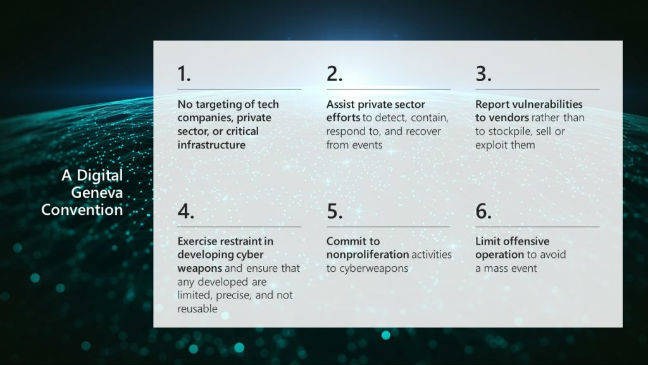The 10 Most Cyber-Exposed Cities In The US
New research released today at the RSA Conference confirms conventional wisdom that unprotected Internet-facing devices are making things a lot less safe for all of us. In this case, an investigation by the Trend Micro Forward-Looking Threat Research Team found tens of thousands of webcams, network attached storage devices, routers, printers, phones, media players among those devices discoverable on the Internet like sitting ducks.
The team took a look at how these exposures are distributed across the biggest US cities and put both their owners and others online at risk of data theft and exposure, lateral movement to more valuable network assets, and DDoS attacks perpetrated by their forced participation.
The researchers will be diving into the specifics of their report, US Cities Exposed: A Shodan-Based Security Study on Exposed Assets in the US, later today at RSAC. The report details the study they did of a month’s worth of Shodan search results looking for discoverable Internet-connected devices and systems that can be accessed via the public Internet, and which are located within the 10 US cities with the largest populations, according to the most recent census data.
The findings show that distributions of exposed cyber assets were disproportionate according to population size. The US’ second-most populous city, Los Angeles, topped the list of US cities with approximately 4 million exposed devices online. Meanwhile, the most populous city in the country by a landslide – New York – was a respectable seventh place when ranking these ten cities by overall exposed cyber assets. Even though New York has nearly four times the population of Houston, for example, it has 3.78 times fewer exposed cyber assets.
In terms of the types of devices and services found, firewalls were the number one exposure located within the cities assessed. In these instances, the administrative interface of the firewall is exposed, making it possible for attackers to attempt brute-force attacks to gain entry into the interface and, once inside, change firewall rules to allow malicious traffic into the network. The next most frequently found devices were webcams, routers and wireless access points, printers and PBX phones.
Researchers noted that the exposures likely come as a result of one or more factors, including poor configuration, required connectivity to make Internet of Things (IoT) function correctly, and remote access enabled to make remote troubleshooting or remote operations possible.
Cities examined in the research had different concentrations in the types of devices exposed. For example, Houston and Chicago came in first and second, respectively, for total exposed webcams. San Jose led the pack in terms of exposed PBX phones, as well as exposed devices using SNMP, and exposed devices using Telnet. Phoenix came in first for exposed NAS devices.
Perhaps most troubling to the researchers conducting this study was the number of exposed databases across all cities.
“Databases are a huge gap in security for companies where, if an attacker gets into the database, then you’re basically looking at them consuming everything without too much effort,” says Numaan Huq, senior threat researcher for Trend Micro. In particular, he notes that there were a significant number of medical databases exposed on the Internet.
The study showed that Chicago led the list of cities with the most medical databases exposed. Another common exposure was the number of Mongo DB and other non-relational databases lacking any kind of authentication – a finding that hackers discovered before this study could be published, to the detriment of many organizations last month.
“We quickly saw that, since these are more or less unauthenticated databases, that the data could be stolen or even yet, it could be encrypted and held for ransom,” says Stephen Hilt, senor threat researcher for Trend Micro. “And, as we know, in the last few months, that’s actually been happening.”
Related RSAC-Related Content:
- Darkness Hope On Display At RSA Conference Keynotes
- National Security, Regulation, Identity Top Themes At Cloud Security Summit
- ‘Shock And Awe’ Ransomware Attacks Multiply
Ericka Chickowski specializes in coverage of information technology and business innovation. She has focused on information security for the better part of a decade and regularly writes about the security industry as a contributor to Dark Reading. View Full Bio
Article source: http://www.darkreading.com/vulnerabilities---threats/the-10-most-cyber-exposed-cities-in-the-us/d/d-id/1328149?_mc=RSS_DR_EDT





